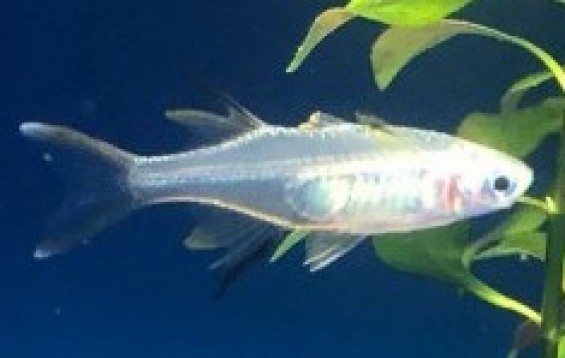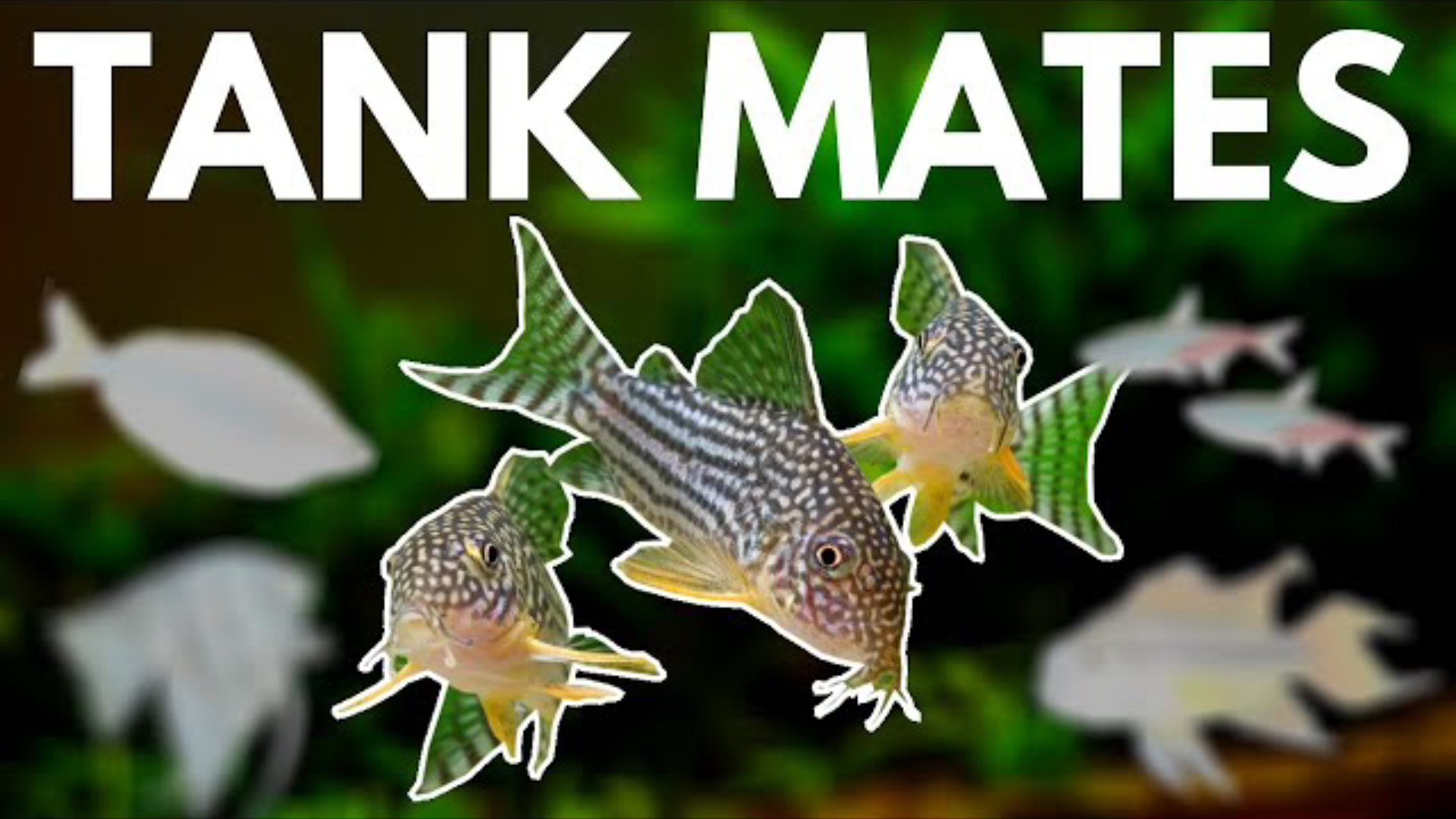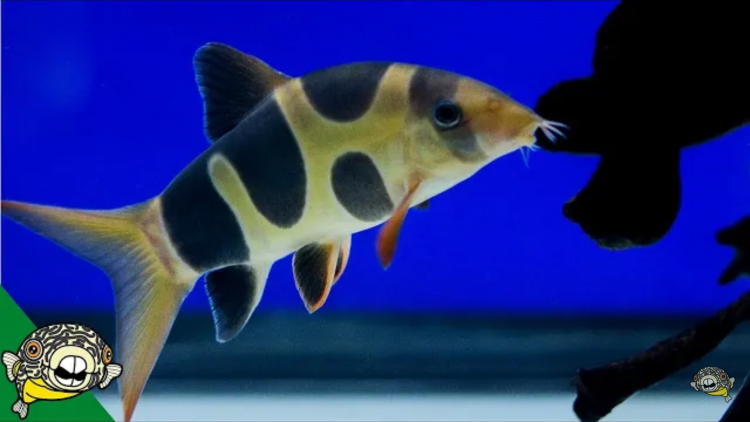- Name:
Celebes Rainbow
- Family: Athterinidae
- Species: Rainbowfish
- Scientific Name: Telmatherina ladigesi


General info about Celebes Rainbow
These fish are gold with a blue and green sheen, their flanks are yellow with blue and green stripes and they have two dorsal fins, one is small and black and the other is large and has two colors. They can reach up to 3 inches. This species is considered to be vulnerable in the wild due to overfishing for the aquarium trade, however, it is now being mass produced in fish farms which will hopefully relieve the overfishing pressure from the wild populations. To keep these fish in captivity water temperature range from 72°F to 82°F and water pH between 7.0 and 8.0. The tank should be heavily planted and have a small gravel substrate, floating vegetation and open areas for swimming. They are peaceful and can be kept in community aquariums, also, they should be kept in shoals of at least 6.
Celebes Rainbow Diet & Nutrition
This species is omnivorous. In the wild it feeds on worms, insects and plants. In captivity it can be fed with dried, frozen and live foods: a varied diet should be fed for it to show its best coloration.
Determining Sex of Celebes Rainbow
Males are more colorful than females.
Breeding & Spawning Celebes Rainbow
To breed this species in captivity the breeding tank should have water temperature around 73°F and water pH around 7.5 and lots of vegetation where the fish can scatter the eggs. Once the eggs are laid the adults should be removed to prevent them from eating them. The eggs take 5 to 10 days to hatch.
Celebes Rainbow Origin
This species is native to Indonesia. It inhabits slow moving waters.
Acclimating Celebes Rainbow
The water in which these fish are packaged is different from the water in the tank, since these fish are extremely sensitive to water conditions the acclimation process is very important. This process should never be rushed. Aquarium lights should be off for at least the first 4 hours of the fish in the new tank and it should not be fed in the first 24h. There are two acclimation methods: Floating Method and the Drip Method.
Floating method - the aquarium lights should be off and lights in the room should be dim, the bag in which the fish is should be placed in the surface of the water to float for about 15 minutes, this allows the water in the bag to adjust to the water in the tank. The bag should then be cut under the knot and the top edge of the bag should be rolled down one inch, then ¼ cup of the aquarium water should be added to the bag, this step should be repeated every 4 minutes until the bag is full, then half the water of the bag should be discarded and the bag should be put to float again and ¼ cup of the aquarium water should be added to the bag every 4 minutes until the bag is full. Afterwards, the Discus can be moved into the aquarium.
Drip method – the aquarium lights should be off and lights in the room should be dim, the bag in which the fish is should be placed in the surface of the water to float for about 15 minutes, this allows the water in the bag to adjust to the water in the tank. The bag contents should be poured into a 1 gallon bucket that has never been cleaned with any chemicals, the fish should be enterally submerged. A siphon, using airline tubing, should be set up and a drip line should run from the main aquarium to the bucket. Several loose knots should be tied in the airline tubing to regulate flow. Sucking the end of the airline tube that goes to the bucket will begin a siphon, the flow should be regulated to 2 to 4 drips per second. Once the water in the buckets doubles, half should be discarded and the process should be repeated until it doubles again. Afterwards, the fish can be moved to the aquarium.
Original Detail
| Name | Species | Family | Scientific Name | More Detail | Added by |
|---|---|---|---|---|---|
| Celebes Rainbow | Rainbowfish | Athterinidae | Telmatherina ladigesi | These fish are gold with a blue and green sheen, their flanks are yellow with blue and green stripes and they have two dorsal fins, one is small and black and the other is large and has two colors. They can reach up to 3 inches. This species is considered to be vulnerable in the wild due to overfishing for the aquarium trade, however, it is now being mass produced in fish farms which will hopefully relieve the overfishing pressure from the wild populations. To keep these fish in captivity water temperature range from 72°F to 82°F and water pH between 7.0 and 8.0. The tank should be heavily planted and have a small gravel substrate, floating vegetation and open areas for swimming. They are peaceful and can be kept in community aquariums, also, they should be kept in shoals of at least 6. |
PalaciosAn |




